Patient voices: Living with glioma
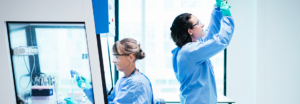
Promoting access to the best possible care
for patients
We are committed to therapeutic progress to serve patient needs
We are committed to therapeutic progress to serve patient needs. We strongly believe that working with patients at all stages of the medicine’s life cycle leads to better care and solutions to support them throughout their journey.
As part of our efforts to uphold medicine quality and safety, we also combat counterfeit medicines, a serious problem that causes considerable disparities in access to treatment throughout the world.
We are committed to working for and with patients, day in, day out.
Empowering patients to work alongside us and play an active role in their own health
Patients are taking more and more control of their own health. At Servier, we see this shift as a unique opportunity to work both with and for them to develop medicines that better suit their needs.
We involve them in our work, right from the moment the molecule design process begins and at every stage of the medicine life cycle.
Their understanding of their illnesses and the medicines they take drive our research, which in turn improves treatment and increases the effectiveness of the therapeutic solutions we develop.
We particularly appreciate the valuable contribution made by patient organizations, from diagnosis through to properly following treatment.

Genuine therapeutic progress comes through close collaboration with patients.
Top 10
Servier makes it into the top 10 (of 46 companies) among patient organizations working and/or familiar with the Servier Group
1st
Ranked 1st out of 28 companies by oncology patient organizations
140
patient organizations work closely with Servier
71%
of clinical research programs obtained patient feedback in 2023/2024
100%
of our lay summaries are approved by patient representatives and translated into the different languages of all the countries taking part in the study
100%
of Servier Group clinical trial participants’ informed consent documents were reviewed by patients in 2023/2024
*PatientView Report 2024 on the reputation of pharmaceutical companies

ACT for Children
Servier has joined forces with Childhood Cancer International (CCI), the IDA Foundation, the International Society of Pediatric Oncology (SIOP), Resonance, and World Child Cancer to address disparities in pediatric cancer recovery rates between high-income countries and low- and middle-income countries (LMICs), through the ACT for Children partnership. 80%(3) of children with cancer can be cured when childhood cancer services are accessible, yet only 29% of low-income countries report that cancer medicines are generally available to their populations (compared to 96% of high-income countries1).
Aligned with the WHO CureAll framework, this collaboration aims to transform the landscape of pediatric cancer care in LMICs by providing quality medical care, life-saving medications for pediatric acute lymphoblastic leukemia— the most common childhood cancer—and laying the foundation for long-term, sustainable impact. ACT for Children also works closely with the UICC (Union for International Cancer Control)-led Access to Oncology Medicines Coalition, driving a new model of equitable healthcare for children with cancer.
Four ACT for Children sites have already been set up in 2024 in Armenia, El Salvador, Guatemala, and Honduras, serving as key hubs for comprehensive care and improvement tracking. The initiative was launched on International Childhood Cancer Day 2025.
For more information, see our video and press release.
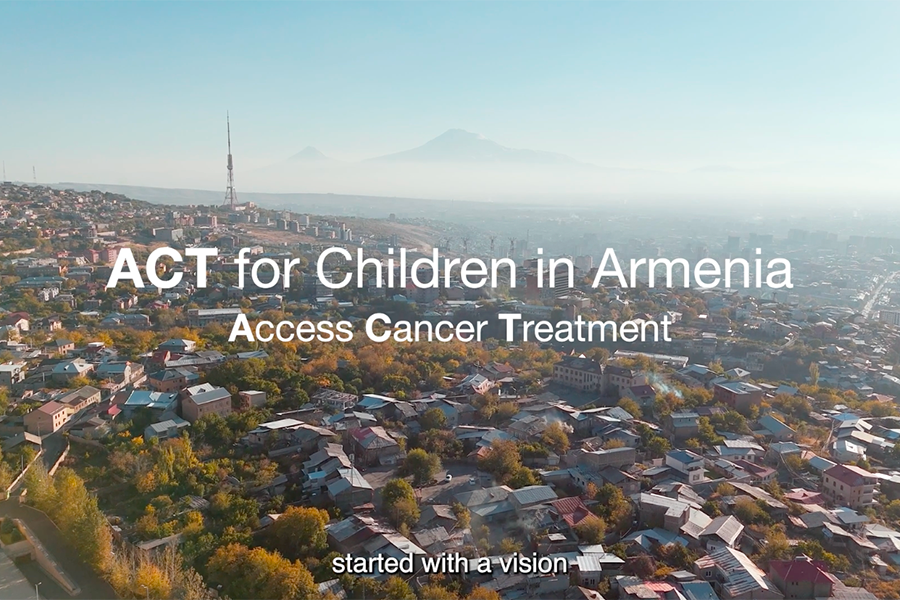
Harnessing industrial excellence and independence to benefit patients
Thanks to our network of 13 production sites located throughout the world, we produce and distribute our medicines in accordance with the highest standards on quality, safety and reliability.
As a pharmaceutical Group deeply committed to health independence, we have always actively chosen to maintain significant production capacity in Europe. That is why we produce 95.8% of our active ingredients at our Oril Industrie facility in France, before distributing them to nine production sites for use in medicines prescribed in cardiology, neuroscience and diabetes.
Security and quality guarantee
95.8%
of our active ingredients are produced at our Oril Industrie facility in France.
By harnessing digital innovation across the entire value chain, we continue to enhance our ability to meet patient demand.
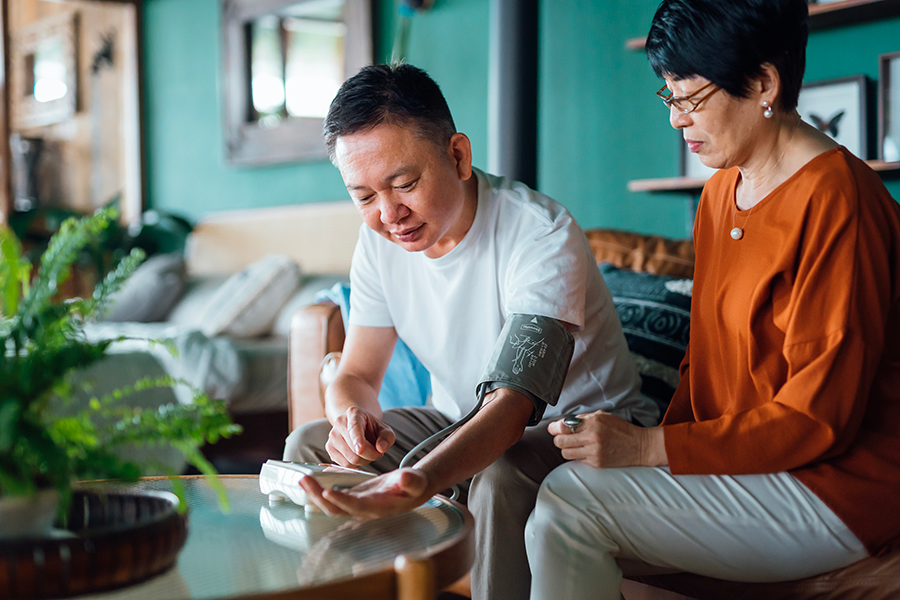
Furthering medication adherence
The WHO estimates that if everyone diagnosed with a chronic disease followed their treatment plan to the letter, 12,000 deaths in France and 200,000 in Europe could be avoided. It is therefore one of our priorities to further medication adherence among patients.
We invest in three key areas:
In 2023, the World Health Organization included one of our Single Pill Combinations used to treat several cardiovascular diseases in its Model List of Essential Medicines for the first time.
Elfie, an app to manage chronic diseases: we joined forces with the Singapore-based start-up Elfie, which has developed a free and fun app boasting a number of features to improve medication adherence, including blood pressure tracking, reminders to take medicine, step and weight tracking and a digital pill box.
For many years, we have been collaborating with patient organizations to develop information campaign, for example #BecauseISaySo about hypertension or Every Pill Matters on heart failure.
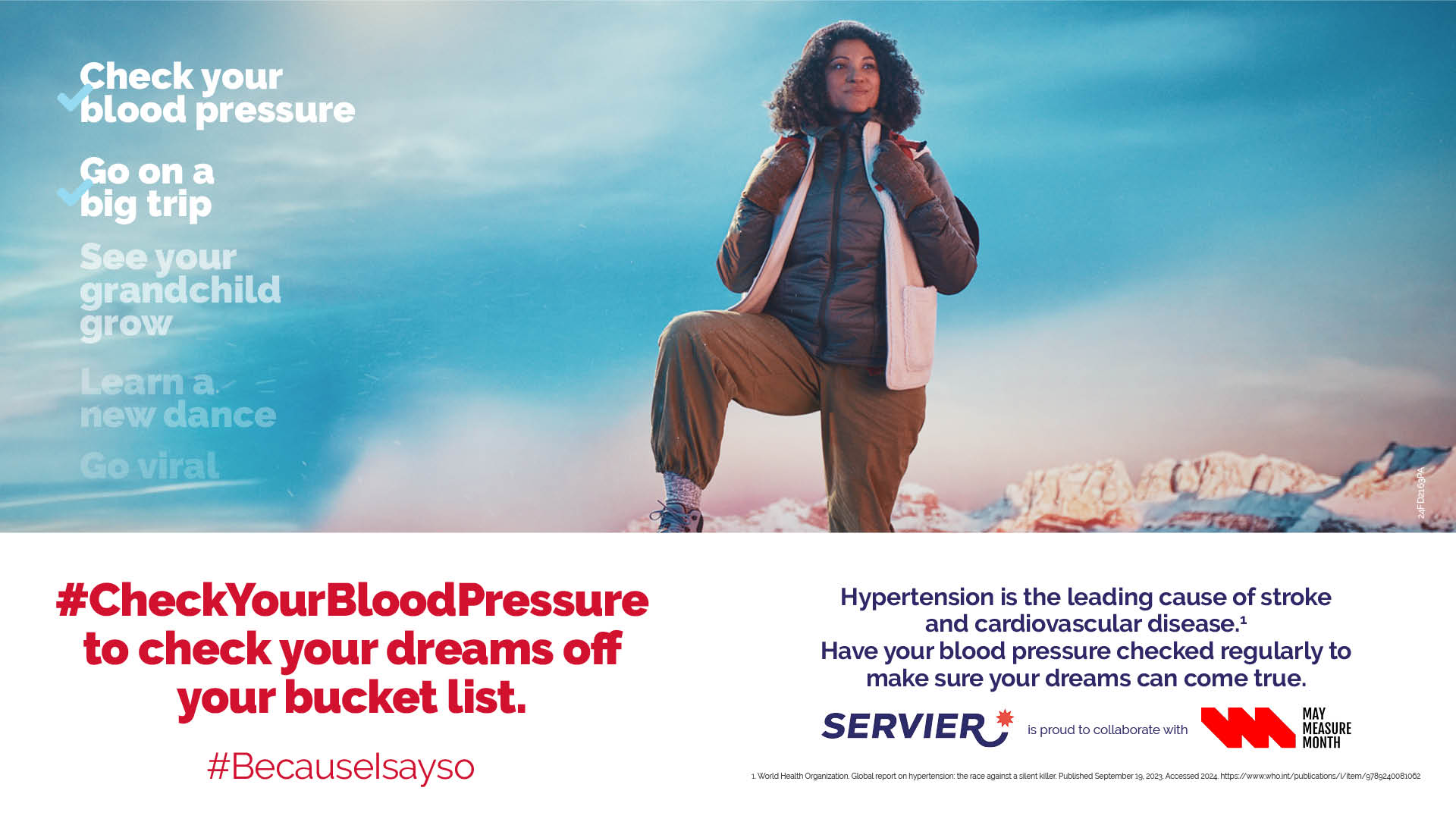
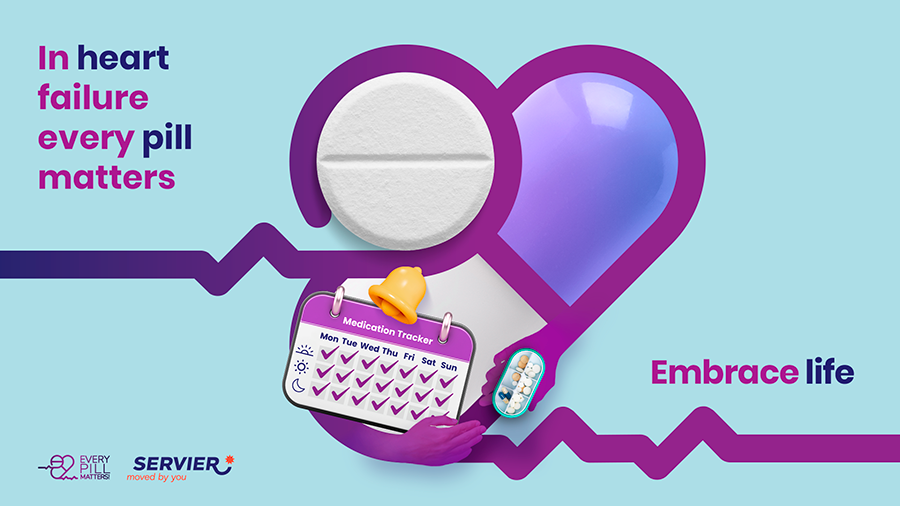
Combating counterfeit medicine

Counterfeit medicines represent a serious risk to public health and a danger to patients, as there can be a lack of active ingredients, incorrect dosage, impurities and toxic substances.
The WHO estimates that 10% of medicines distributed in developing countries are of substandard quality or are counterfeit. Counterfeit medicine therefore represents a major cause of inequalities in treatment.
We have been working for several decades to counter the scourge of counterfeit medicines.
As a member of the European Federation of Pharmaceutical Industries and Associations (EFPIA), we promote prevention, training and medicine traceability.
In addition, our specialist teams are involved in developing innovative technology, such as electronic and near infrared product labeling which serve to analyze suspicious boxes of medicines found throughout the world. More generally, our generic medicines help combat the problem posed by falsified medicines; as generics are less expensive than brand-name medicines, they help drive counterfeit drugs off the market.
As a member of the Anti-Counterfeit Group within the European Federation of Pharmaceutical Industries and Associations, we take steps to enhance prevention, training and medicine traceability.
We have put together a dedicated team to combat counterfeit medicine, based in France and China.
We take steps to improve medicine traceability, for example by printing unique serial numbers on boxes as well as measures to guarantee security and authenticity. We also provide authorities with training and organize awareness campaigns to combat counterfeit medicines.
The Group manufactures over 1,500 generic medicines covering the majority of illnesses. As generics are less expensive than brand-name medicines, they help drive counterfeit drugs off the market.
Art and Patients: Showcasing art alongside medical research
Empowering patients: an interview with Nicolas Garnier, Chief Patient Officer at Servier
Should you have any doubts or questions
A single link to report any suspicions
[1] WHO https://www.who.int/news-room/fact-sheets/detail/cancer-in-children